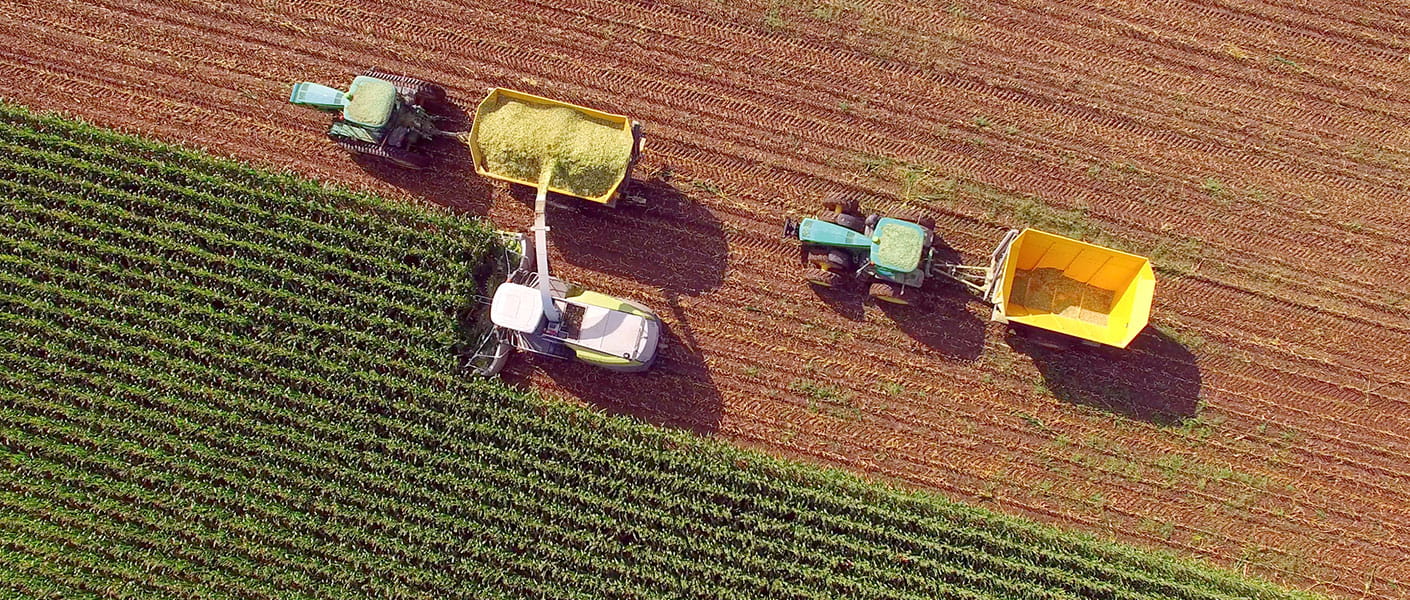
Perspectives
When the government released its Register of Foreign Ownership of Agricultural Land, there was widespread disagreement on whether Australia has too many or too few foreign investors, and whether the ones we have come from the right countries. At the time I wrote a piece for ANZ’s Blue Notes, arguing that foreign investment is necessary if Australia is to achieve its agricultural potential.
I argued that there is a strategy – value chain investing – which can help Australians navigate through the foreign ownership maze.
Value chain investing is something I saw mining companies use to their advantage during my time at Rio Tinto. It was my observation that there is a great deal of similarity between mining and agriculture value chains, meaning agriculture could look to mining for lessons on how to encourage foreign investment without selling core assets.

Value-chain investing is what Australia’s big miners did to attract foreign investors without selling off freestanding assets (like mines).
In a value chain, products pass through a series of linked activities in order, with each element critical to the quality of the final product. Miss an element and the product can’t be delivered to the customer. Mismanage an element and the product is uneconomic.
The mining sector realised the value chain itself had a value, which could be costed accurately. It therefore facilitated investment in each link of the chain – whether processing, transportation, storage, shipping, or refining. Investors didn’t buy assets. Instead, they bought into processing, storage, refining, and so on.
In the diagram here, you can see the parallels between mining and agriculture.
In the future, a staggering 85 per cent of the world’s growing middle class is expected to be in Asia. There are huge opportunities for Australia to switch its exports to the region from mining to dining.
Australia is also a trusted agricultural supplier. We have a reputation for clean, green produce. Naturally, they have other specifications as well though. Investing in the supply chain allows a company to ensure that its specifications are delivered on to the letter.
In December 2014, one of China’s major producers and distributors of food and frozen vegetables – Taihua – signed a joint venture agreement with Ipswich’s Churchill Abattoir. Among other things, the joint venture provided for upgrading the plant to export status and adding a second daily slaughter shift. Crucially, Taihua didn’t buy the Ipswich plant as a freestanding asset.
Instead, Taihua made a deliberate investment in the supply component of the value chain. This included establishing a boning room in China, new plate-freezing infrastructure in Australia, and providing a Chinese market for Australian offal. A style of investing on which we can all agree.
Mining investors are able to see with great clarity how each element of the value chain – from the asset on the ground, to processing, and finally marketing – relates to other elements. It is now time for agriculture to learn this lesson and reshape the industry’s thinking on the way it raises funds and attracts investment.
Value-chain investing is both a way of unlocking Australia’s agricultural potential and overcoming public concerns.
Perspectives
